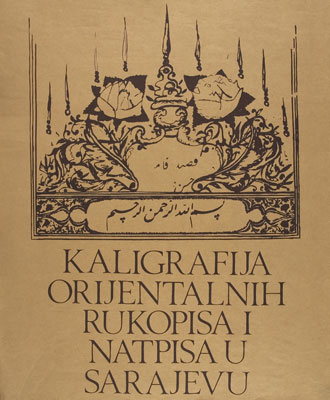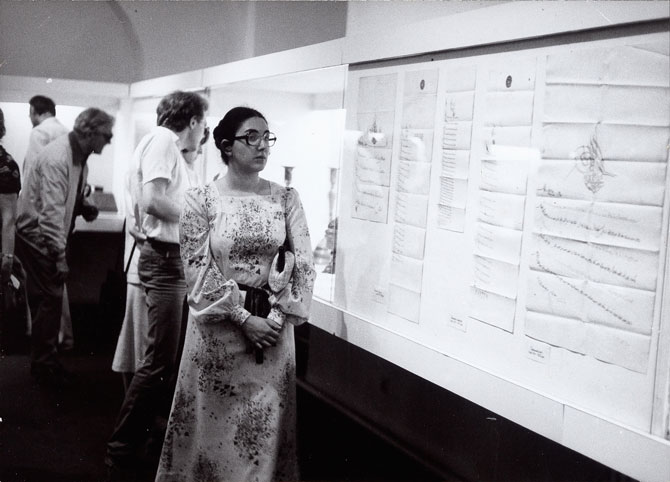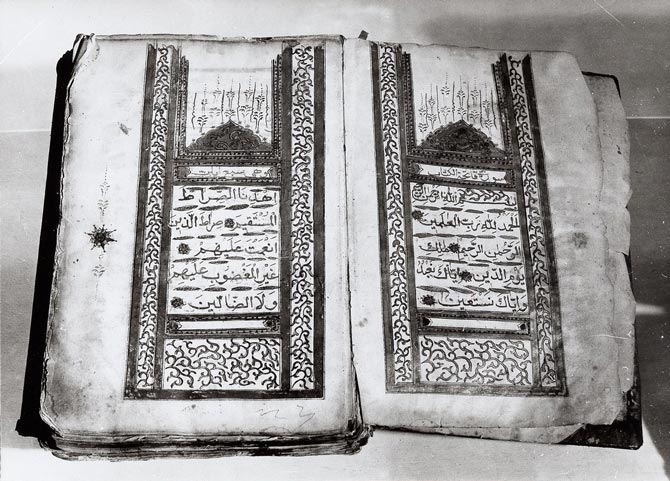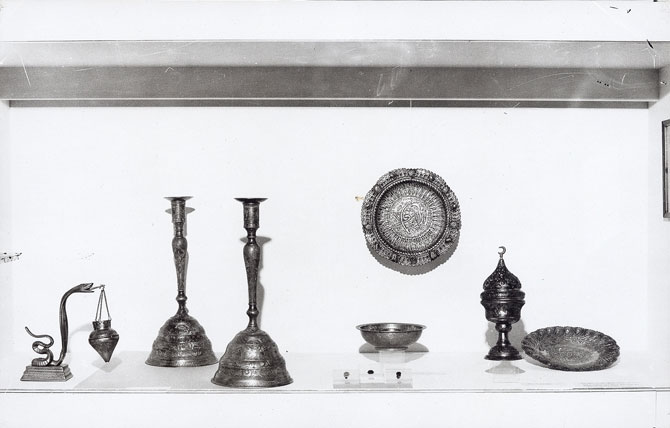Sarajevo City Museum, guest appearance in Zagreb City Museum
Exhibition concept: Muniba Spaho, Vasiljka Stojković
Exhibition design: Aleksandar Hanak
 Oriental calligraphy in Sarajevo was being developed and cultivated as a specific form of art under the influence of Islamic civilisation.
Oriental calligraphy in Sarajevo was being developed and cultivated as a specific form of art under the influence of Islamic civilisation.
Masterpieces – manuscripts and inscriptions on architectural and cultural monuments from the Turkish times were written as well as on the objects of craftmanship.
Arabic calligraphy in its variants: divani, neshi, rik'a, sulus and ta'lik was taught in religious schools: elementary (mekteb), and higher or high (medresa) and in special schools for calligraphy.
Floral elements can be found along with the stylised calligraphy. Works of poets were decorated with figurative illustrations.
The writing set consisted of tablet (peš-tahta), inkpot (divit), pen (kalem), Indian ink (murećef) and parchment. The used colours were: golden, green, red, blue and black.
The texts written calligraphicaly are found on various kinds of materials as: metal, leather, wood, stone, linen, silk, velvet, porcelain and glass.
Many craftsmen of Sarajevo old trades, working as a team, took part in performing calligraphic inscriptions: bookbinders, goldsmiths, stonecutters, painters, coppersmiths, tailors, cutlers, gunsmiths, woodcutters, saddlers and others.
Muniba Spaho
Pictures from the exhibition




photo Josip Vranić, ZCM

